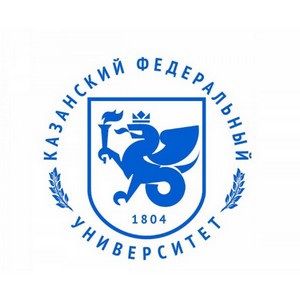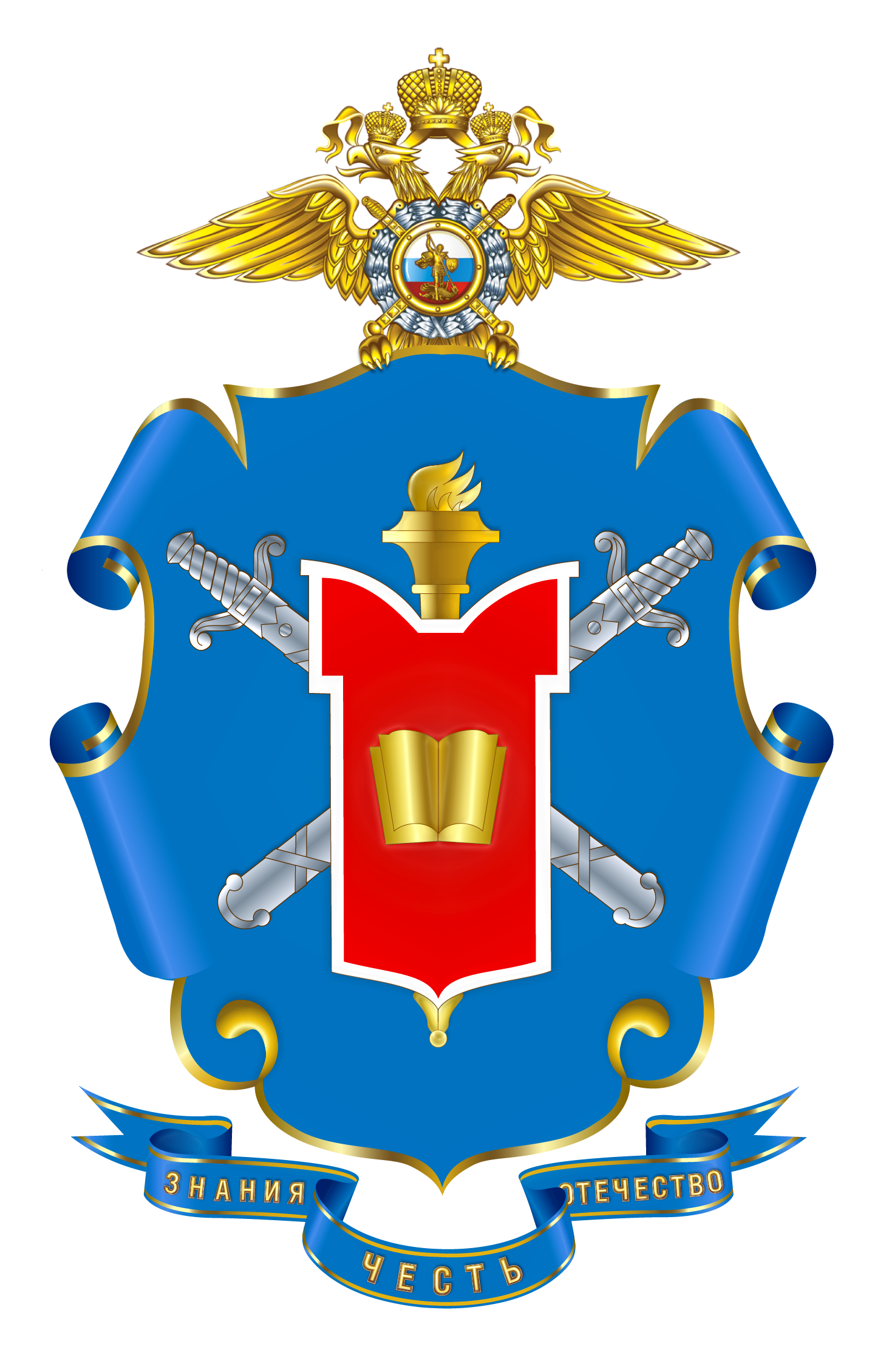On 4 August 1944, Russian Princess Vera Obolensky was executed by the Nazis
In October 1943, the Nazi police detained Roland Fajon, who had come from Normandy. He was in charge of a regional branch of an underground organisation in Paris. Inadvertently, he had a note with a Paris address. The next day, the occupiers conducted a search there, seizing the documents of the underground workers. After that, it was not difficult to disclose of the organisation’s management. Obolensky was arrested on 17 December at her friend Sofia Nosovich’s apartment.
By the summer of 1943, the underground resistance ‘Civil and Military Organisation’ had 63 thousand members. They worked in contact with the underground organisation ‘Brotherhood of Notre Dame’ and the forces of ‘Free France’ led by General de Gaulle. Vera Obolensky was the liaison of the organisation’s representative, who was part of the permanent bureau of the National Resistance Council.
In the Gestapo, the Russian princess did not name a single underground worker, refusing to answer questions. After the allied landings in Normandy, Vera was transferred to Berlin. She was sentenced to death but did not write a petition for clemency. The Nazis considered the execution too lenient punishment for the Russian princess. She was beheaded on the guillotine in Berlin’s Plötzensee Prison. Therefore, there is no Obolensky’s grave. However, in the Russian cemetery near Paris in Sainte-Geneviève-des-Bois, a cenotaph is installed in her memory.
Based on the Internet materials
President of the Union of Criminalists and Criminologists
Igor M. Matskevich
Translated by Elizaveta O. Ovchinnikova
































